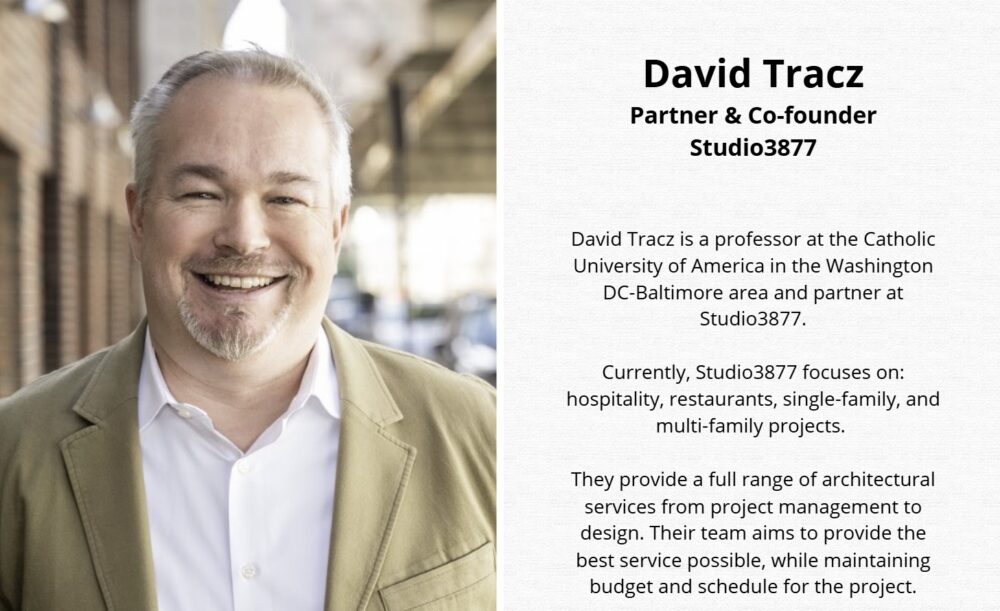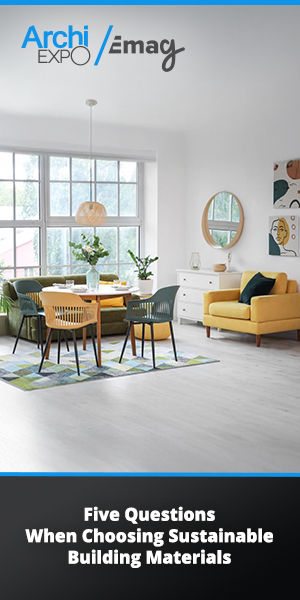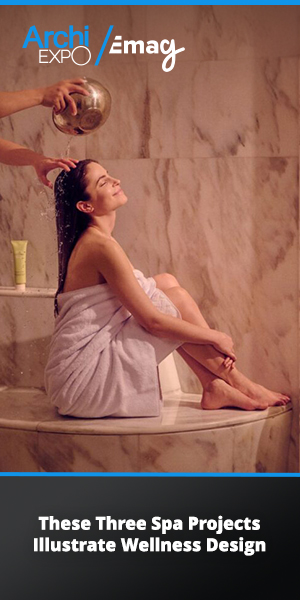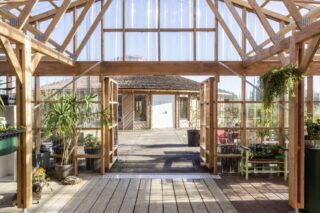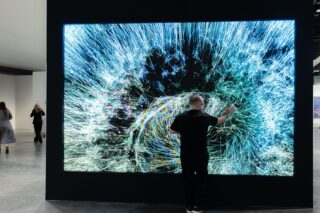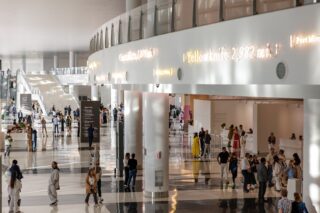David Tracz, //3877 Co-Founder, explains how design establishes a path forward as a practical and creative tool for the hospitality industry in the face of mounting pressures.
This article was written by David Tracz, Co-Founder and Partner at //3877.
In recent years, pressures on the hospitality industry have increased on all sides, from construction costs and delays disrupting delivery timelines to labor shortages creating operational challenges. Despite it all, hospitality is an industry that has remained resilient through the decades, navigating issues through planning and determination. With this, design presents a powerful tool in navigating tumultuous times, helping hotels stay relevant, flexible, and profitable while delivering memorable experiences to end users.
Through strategic collaborations between designers, construction teams, and developers, modern-day challenges, including costs, labor, and consumer spending habits, can be mitigated as much as possible. Though they certainly have prevalent impacts on today’s hospitality market, these issues aren’t new; time and time again, through partnership and strategy, the hotel industry has persevered to produce projects with innovation, experience, and strategy at the forefront.

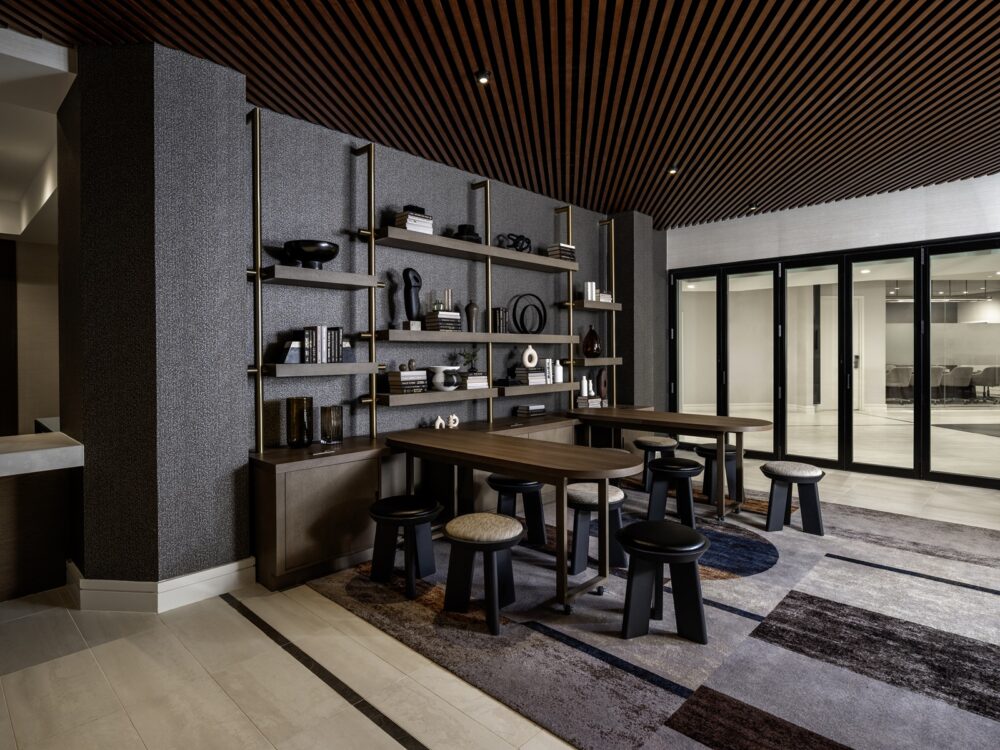
Despite Rising Costs, Hotel Projects Are in Motion
Perhaps one of the most longstanding, yet rapidly changing challenges facing hotel projects is the rising costs of construction, materials, and FF&E continue to create impacts on varying scales. Notably, the implementation of rising tariffs poses questions about the most cost-effective ways to source products and materials for projects. On top of that, supply chain issues and the cost of construction itself continue to rise while interest rates and lending uncertainty are further complicating project development.
Vendors are having to adapt quickly to these economic pressures, resulting in steep price increases. Designers are seeing yards of fabric jump from standard prices to a hundred dollars for a yard, an exponential rise in cost that makes the use of these products unsustainable, as many of these products are manufactured internationally. While buying American-made goods seems like the most obvious solution, the industry in the United States hasn’t caught up to many other countries in terms of manufacturing rates, and it will be a long time before the facilities and infrastructure are created to sustain the same output.
Despite it all, projects are still in motion, and planning for new hotel projects is initiated every day. We’ll continue to see shifts in design approaches as a result, like a little less of a maximalist approach, in order to streamline as much as possible. For example, Tilebar’s Autograph porcelain large format tile provides the timeless minimalism of marble with the affordability of porcelain, presenting a great alternative option that’s cost-effective without losing aesthetic impact.
This can also mean smaller sizes of projects, creating a clever need for multipurpose design that cleverly utilizes every square foot of space. Implementing flexible, adaptable design is key to getting as much use out of a space as possible, especially as you’re looking to appeal to the needs of a broad hospitality audience, from business travelers to vacationing families. The flexible pivoting cocktail table from Global Views is a great example, offering guest flexibility at multiple seating groupings and heights for lounging and dining.
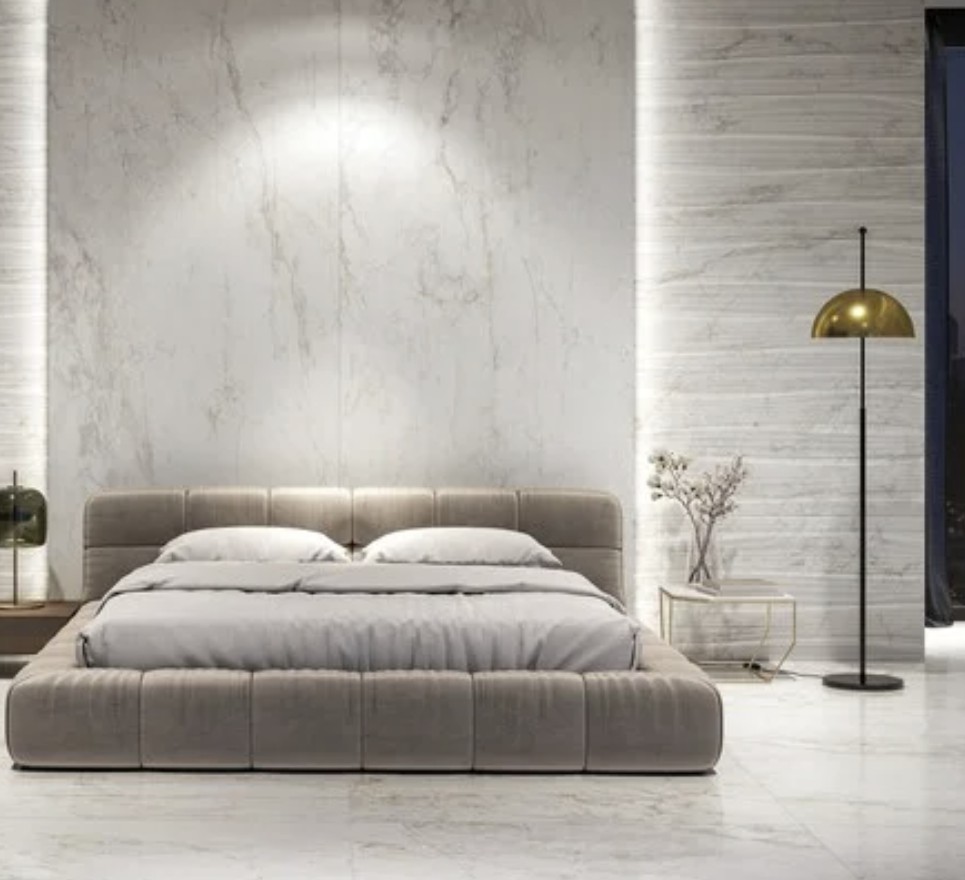
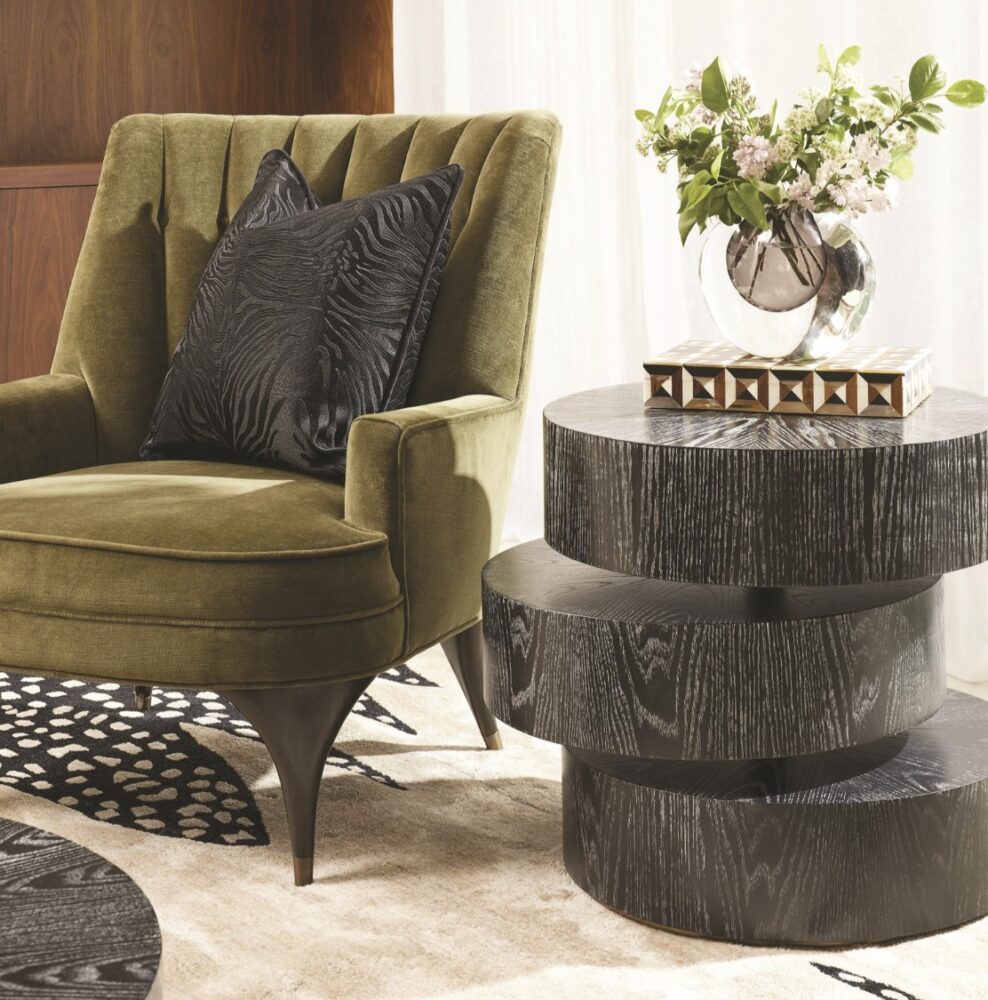
Labor Shortages, Innovations Required
Despite being years out from the pandemic, which caused major staffing issues across industries, 65% of hotels continue to report shortages, according to the American Hotel and Lodging Association (AHLA). While wages are definitely a primary cause of the issue, working conditions, including the physical environment, play an equal role in recruitment and retention rates. In addition to guest considerations, hotels need to leverage design to establish a supportive, clean, and efficient work atmosphere for their employees.
By creating an environment where people can easily execute the functions of their jobs (and do it well), they’re understandably happier, and in turn results in better service and experiences for guests. Every function and design element of a hotel property is connected—if one piece is out of place, the whole operation can fall apart. Through the lens of design, this extends from more obvious considerations, like creating spacious break rooms and working areas, to more subtle selections, like lighting color, temperature, and dimming capabilities. The Arteriors Lansing Lamp offers great task lighting for associates at the front desk; it includes a rotary dimmer, allowing light output to be increased or decreased based on preference.
A lot of people think a hotel just needs to be beautiful to be a pleasant workplace, but if it doesn’t function well, the staff will experience higher turnover rates and less consistency in guest service. The issues plaguing the labor force aren’t going away any time soon, necessitating innovations to alleviate the strain it puts on properties. This could range anywhere from handheld point of sale (POS) systems incorporated into restaurants to mobile check-in service to reduce the number of staff needed on site. Companies such as Vingcard Assa Abloy are creating products that are equipped with the technology to support keyless entry, creating a more seamless experience for all involved.

Vingcard Novel battery-free variant. Courtesy of Vingcard.
Consumer Spending—Keeping the Consumer’s Attention
With a tumultuous state of business economics comes major shifts in consumer spending; add in the competition of short-term property rental systems, and the stakes are even higher to attract guests and establish loyalty. To grab consumer attention and keep it, the entire hotel guest experience needs to be straightforward and purposeful, most of which is conveyed through the design.
Purposeful design reinforces a brand’s ethos, setting the stage for what a guest should expect from their stay. Guests are looking for comprehensive, thoughtful experiences that feel seamless and intentional, which can be achieved by creating immersive environments that incorporate colors, textures, and materials that set a mood for the space. This can be done by folding in localized elements, including art installations and handcrafted products, or embracing a palette that represents a brand, like bright and airy tones for coastal properties (such as Calico’s Lucine wallcovering that is representative of luminous reflections in the ocean) or more industrial, moody colors for urban areas.
Ultimately, while today’s hospitality industry faces mounting pressures, design establishes a path forward as both a practical and creative tool. Thoughtful, adaptable environments can strike a careful balance between offsetting operational challenges while supporting the kind of memorable experiences that directly influence consumer satisfaction and brand loyalty. By prioritizing collaboration, flexibility, and innovation, project partners can continue to help hoteliers navigate uncertainty with resilience, helping hospitality remain an industry defined by creativity, service, and staying power.
